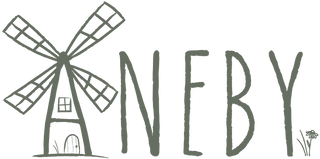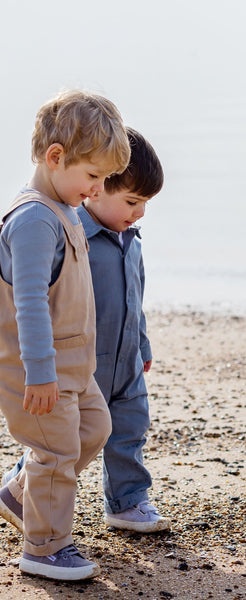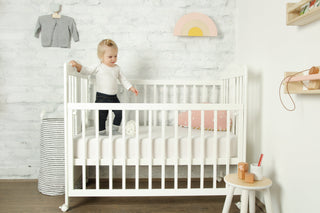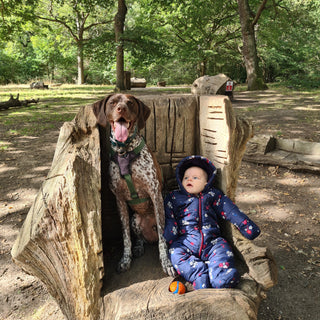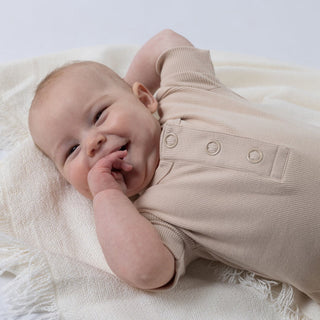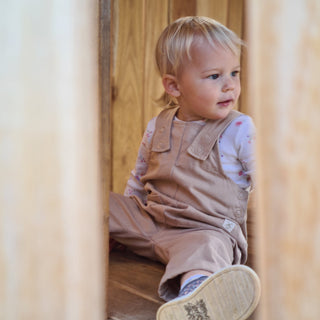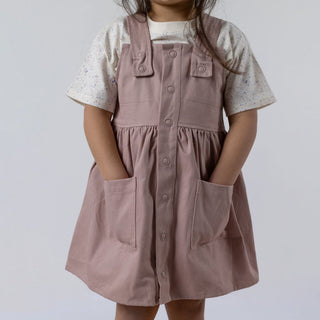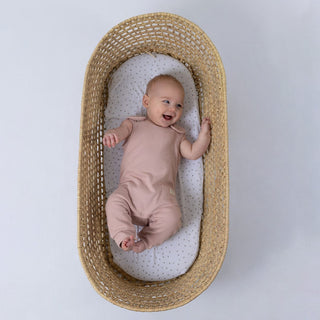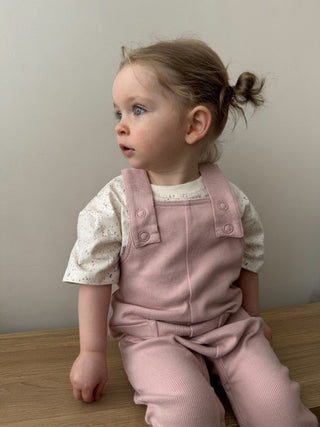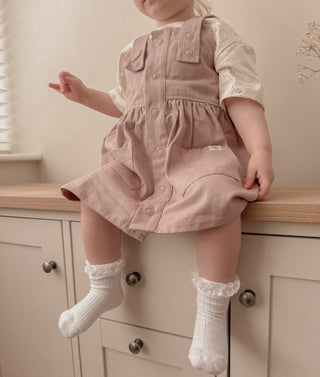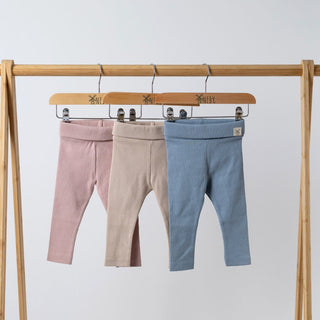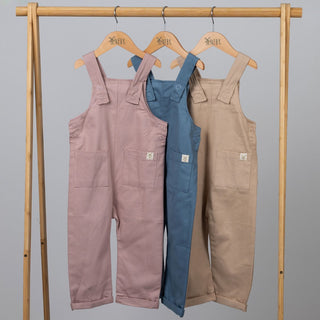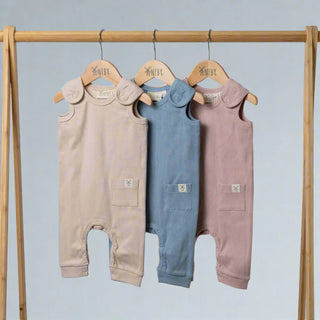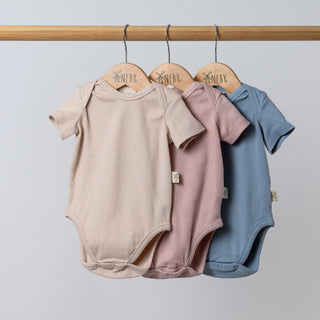Before I had children, I didn’t give nappies much thought. They were just a necessity, something you grabbed from the supermarket shelf without a second glance. That changed when I was pregnant with my eldest, Darcey, and started thinking more seriously about the waste we produce.
Disposable nappies take hundreds of years to break down. Each baby can use over 5,000 in their first few years. For me, the thought of all that plastic sitting in landfill was enough to make me look for alternatives. That’s when I discovered the world of reusable nappies, and I’ve never looked back.
This guide isn’t just about the environmental stats (though they’re important). It’s also about what reusables are really like to use, the brands I love, the frustrations I’ve had, and the little tricks that have made them work for our family.
Why We Chose Reusable Nappies
Our choice was purely environmental. I’ll be honest, when we started, disposable nappies were cheaper from some supermarkets, and energy prices for washing had already gone up. So if you’re looking for a big financial saving, that’s not always guaranteed.
But the environmental difference? Massive. The idea of adding 5,000+ nappies per child to landfill felt impossible to justify. Switching to reusables meant we weren’t contributing to that problem, and it’s one of the sustainable swaps I’m most proud of.
Our First Stash (and the Mistakes I Made)
I can’t remember exactly where I first heard about reusables, but my first nappy came from The Eco Festival in Colchester when I was pregnant with Darcey. At the time, I was selling my own reusable products, cotton face masks, bamboo make-up pads, mesh shopping bags, so it felt like a natural extension of what I was already doing.
For Darcey, we bought a second-hand set of Bambino Mio birth-to-potty nappies from Facebook Marketplace. They were velcro-fastened, which I didn’t realise would become a problem. Over time, the velcro lost its stick, making them prone to falling off. Replacing it was fiddly and time-consuming, not ideal when you’ve got a baby in your arms.
Lesson learned: go for poppers, not velcro.
Brands We’ve Tried (and Loved)
By the time Freya came along, I knew what I wanted. Here’s our experience with different brands:
-
TotsBots Newborn nappies - Velcro again, but they lasted well through the newborn stage and were still good enough to rehome afterwards.
-
Happy Flute - Good fit, bright patterns, but slower to dry.
-
Econaps - Lovely quality, but I preferred the fit of Baba & Boo.
-
Baba & Boo - My absolute favourite. Great absorbency, easy poppers, and quick drying. They just worked for us, and I found myself reaching for them first after every wash cycle.
The Washing and Drying Reality
Let’s be honest, reusable nappies mean more laundry. When both girls were in nappies, I was doing a dedicated nappy wash every other day. In winter, line drying wasn’t always possible, so the tumble dryer became a necessary evil.
Our routine looked like this:
-
Dirty nappies went into a standard nappy bin with a lid to contain smells.
-
Once full, I’d run a wash overnight.
-
In the morning, I’d hang them to dry on an airer, with inserts drying separately.
-
Some inserts took ages to dry, so they became my last-choice backups.
Was it tiring? Yes. Did I ever regret it? No. It became part of our rhythm, like making bottles or doing the school run.
When We Used Disposables
We weren’t purists, there were a few times we used disposables:
-
Holidays without a washing machine.
-
The odd day trip when I forgot to pack enough nappies.
But even then, we kept it minimal. If we stayed somewhere with laundry facilities, I’d bring our nappy bin and detergent so we could stick to reusables.
Leaks, Rashes, and Other Real-Life Moments
With Darcey, I made the rookie mistake of starting straight with birth-to-potty nappies. They were too big at first, which meant more leaks, especially overnight. I also didn’t know there were better-fitted newborn options.
We had one nasty rash episode after switching to a supermarket own-brand washing powder. It irritated her skin almost immediately, so we went back to our usual detergent and the problem cleared.
With Freya, we used TotsBots newborn nappies first. They fitted perfectly, absorbed well, and gave us far fewer leaks. Once she hit around four months, we moved to birth-to-potty nappies, and I noticed fewer night wakings, which I think was down to being more comfortable.
Potty Training: The Unexpected Bonus
One thing no one told me about reusables is how they can encourage earlier potty training. Both of my girls potty trained relatively early, Darcey at 2 years 3 months, Freya at 19 months. I think feeling the wetness helped them connect the dots faster.
It’s not guaranteed, but it’s worth mentioning, especially if you like the idea of being done with nappies sooner.
Tips for Sticking With Reusables
-
Start with a second-hand bundle – It’s cheaper, and you can try different styles before committing.
-
Choose poppers over Velcro – They last longer and hold better.
-
Have enough for 2–3 days (around 20-25 nappies) – This keeps laundry manageable without running out.
-
Check council schemes – Many UK councils offer discounts or vouchers for reusable nappies.
-
Accept imperfection – Using even one reusable a day makes a difference.
Are Reusables Accessible for Everyone?
Absolutely. You don’t need a huge upfront spend, and there are so many second-hand bundles available online. Some councils even offer trial kits.
Yes, they require a bit of organisation, but they’re not complicated once you find your rhythm.
Looking Back, Would I Do It Again?
Without question. I’m proud of the fact that we’ve kept thousands of nappies out of landfill. My only regret? Not switching Darcey to poppers sooner.
If you’re on the fence, I’d say try it. Even if you only replace one disposable a day with a reusable, that’s 365 nappies a year saved from landfill.
For more on building an eco-friendly baby routine, see Everyday Eco-Friendly Baby Care and The Ultimate Guide to Organic Baby Clothes.
